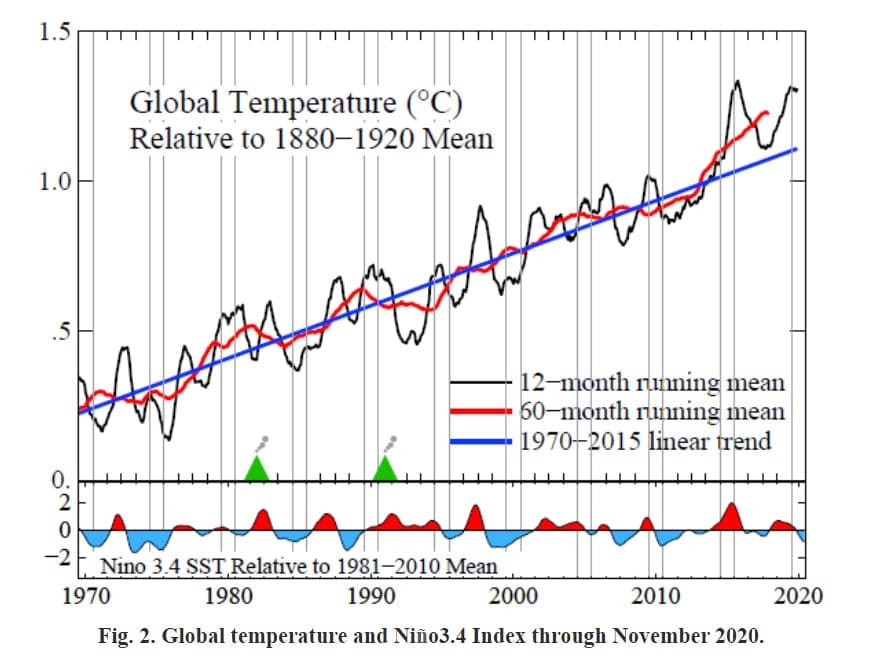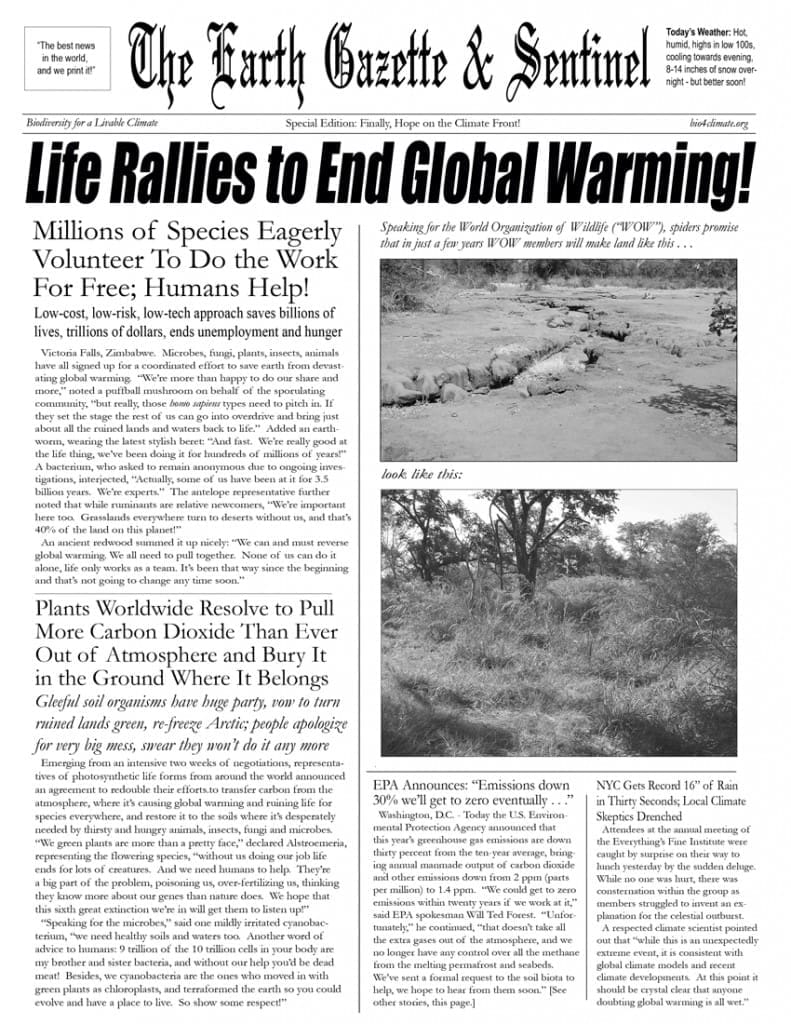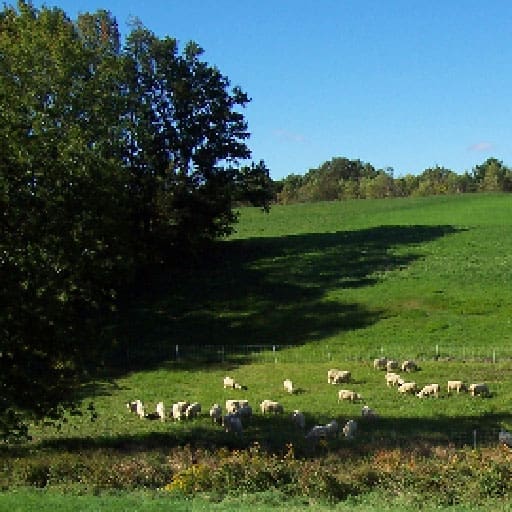Based on widely accepted scientific measurements, global emissions reduction efforts, while essential, have not succeeded in reducing levels of atmospheric greenhouse gases.
The annual rate of carbon released into the atmosphere is accelerating (for many reasons which need not be discussed here). Reducing emissions and building out alternative energy are necessary but insufficient to address global warming and, based strictly and objectively on atmospheric carbon numbers, have yet to show significant signs of success.
While we have gone through many phases of optimism – and a dramatic change is always possible – there is little evidence that such necessary atmospheric carbon reductions will take place in a suitable time frame. Indeed, the unprecedented rate of growth of atmospheric carbon to over 3 ppm during 2016 despite major advances in development and deployment of alternative energy is testament to an incomplete and not-yet-effective strategy. (See http://www.esrl.noaa.gov/gmd/ccgg/trends/gr.html.)
The only practical, inexpensive and readily available “technology” for the massive carbon drawdown necessary is photosynthesis and associated biodiverse processes. Such essential eco-restoration brings many advantages, including low cost, high food productivity, mitigating and often ending floods and drought, local economic self-sufficiency, and eliminating conflicts over scarcity. Land managers across the world have decades of eco-restoration experience on millions of acres. Evolving management approaches are highly effective and well-known outside of the conventional management practices that created the problem in the first place.
It is therefore time to reassess our climate strategies and proceed accordingly.





